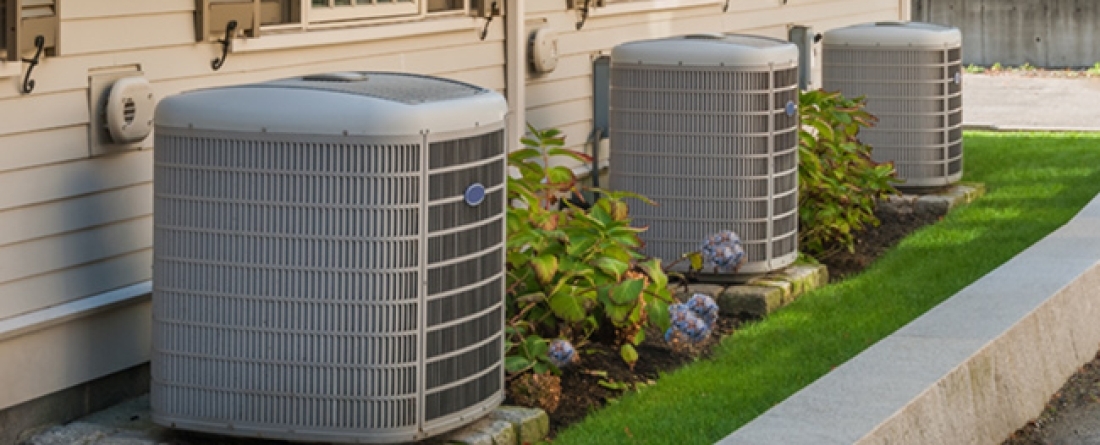
Huang, l., Cong, S., Nock, D., Qiu, Y., (2023). Inequalities across cooling and heating in households: Energy equity gaps. ScienceDirect, 1-10. https://doi.org/10.1016/j.enpol.2023.113748
Abstract
Understanding the degree of energy-limiting behavior in low-income and vulnerable households is vital to eradicating energy poverty and associated negative health effects. We estimate the outdoor temperatures at which households turn on and off their electricity-based cooling and heating units under a cold climate in northern Illinois, USA (N = 418,255 for cooling; N = 22,628 for electric heating). We find that the cooling energy equity gap between low and high-income groups is 3 °F (1.7 °C), while the electric-based heating energy equity gap is 6 °F (3.3 °C). The pattern of energy-limiting behavior is found to be different between the cooling season and the heating season. Our metrics contribute to the policy design of home energy bill and weatherization assistance programs to identify vulnerable households in a cold climate: Among low-to-middle-income households, our metric identifies 19,001 households (20%) in the cooling sector and 1,290 households (24%) in the heating sector who may be neglected by the traditional income-based energy poverty measure. We also find that households living in black-majority census block groups have a cooling gap that is 17% wider than households living in white-majority census block groups. Policy design should focus on addressing the income inequality and other systematic inequalities that have impacted Black American households.
